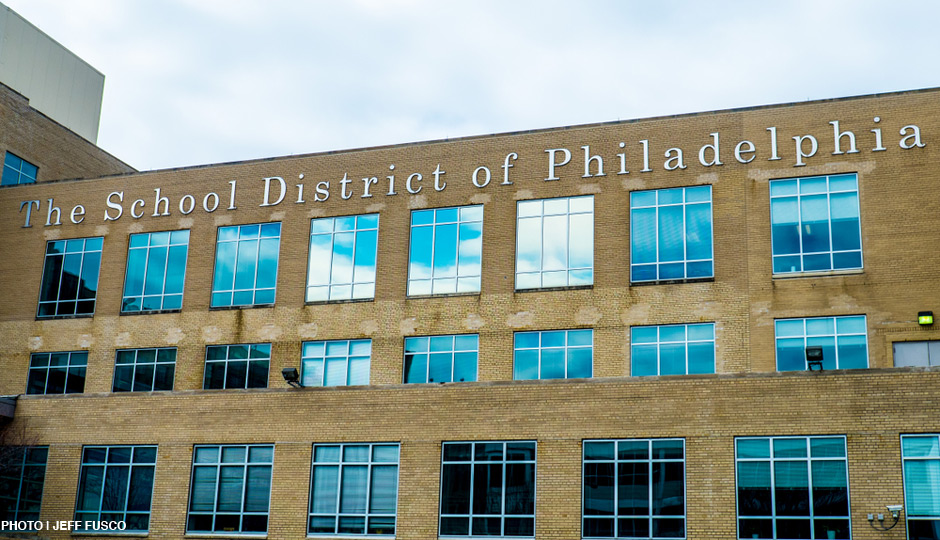PA’s Wealthy School Districts Get Way More Local Cash Than Poor Ones
School districts across Pennsylvania have felt the impact of state budget cuts and the expiration of federal stimulus dollars over the past few years.
But the money woes of the high-poverty Philadelphia School District have been so extreme that they’ve garnered national attention: Some city schools lack such basics as full-time guidance counselors and nurses.
A new analysis shows that, despite the fact that low-income students come to class with greater needs than their better-off peers, Pennsylvania and its municipalities actually spend less per pupil in the poorest districts than in the richest ones. Way less, actually. According to the Washington Post, “In Pennsylvania, per-pupil spending in the poorest school districts is 33 percent lower than per-pupil spending in the wealthiest school districts.”
In fact, Pennsylvania’s disparity is the highest in the nation. The second-highest is in Vermont, where per-pupil spending in the poorest districts is 18 percent lower than in the richest ones.
The Washington Post explains that federal funding makes up for the difference in many states:
In general, wealthier towns and counties are able to raise more money through taxes to support their schools than poorer localities can. Many states have developed school-finance systems that send extra dollars to poorer areas in an attempt to mitigate those inequities. But the state aid is often not enough to make up the difference.
Federal spending — including through Title I, money meant to bolster programs for poor children — is serving as an equalizer, according to the federal data. When federal dollars are included, just five states are spending less in their poorest districts than in their wealthiest.
Guess what? Pennsylvania is one of those five states. When federal funding is taken into account, the difference between per-pupil spending in the richest districts and per-pupil spending in the poorest districts is still nearly 12 percent.
The Post‘s analysis is based on data from fiscal year 2012, which was provided by the National Center for Education Statistics.
In the 2014 election, Gov. Tom Wolf walloped Republican incumbent Tom Corbett after promising to deliver more funding to the schools. So will this divide change under Wolf?
In his new, audacious budget, Wolf has proposed increasing the state’s basic education subsidy by $400 million in the coming year, and boosting special education funding by $100 million. His plan faces big challenges, though: The state legislature is controlled by Republicans, and Wolf is a Democrat pushing for more spending and higher taxes. Still, political analysts say Wolf has a decent shot at winning extra education dollars, at least compared to his other goals, such as a sales tax hike.
If he gets more money for the schools, that would clearly benefit the state’s poorest districts. But it’s unclear whether the percentage difference in spending between poor and wealthy districts would change at all under his plan, at least in the coming year. Wolf wants to create a new education funding formula, which would theoretically take into account how many low-income students a district educates. But the soonest a new formula would go into effect, it seems, is the school year starting in 2016.
“Gov. Wolf’s proposed budget makes historic investments in education by providing every district what they received in 2014-15, plus restoring a significant portion of the funding cuts they experienced after 2010-11,” says Wolf spokesman Jeffrey Sheridan. “The governor is eager is eager to work with the Basic Education Funding Commission and the legislature to create a real, long-term formula moving forward that takes effect for the 2016-17 school year.”
